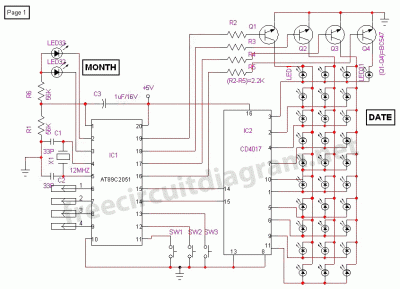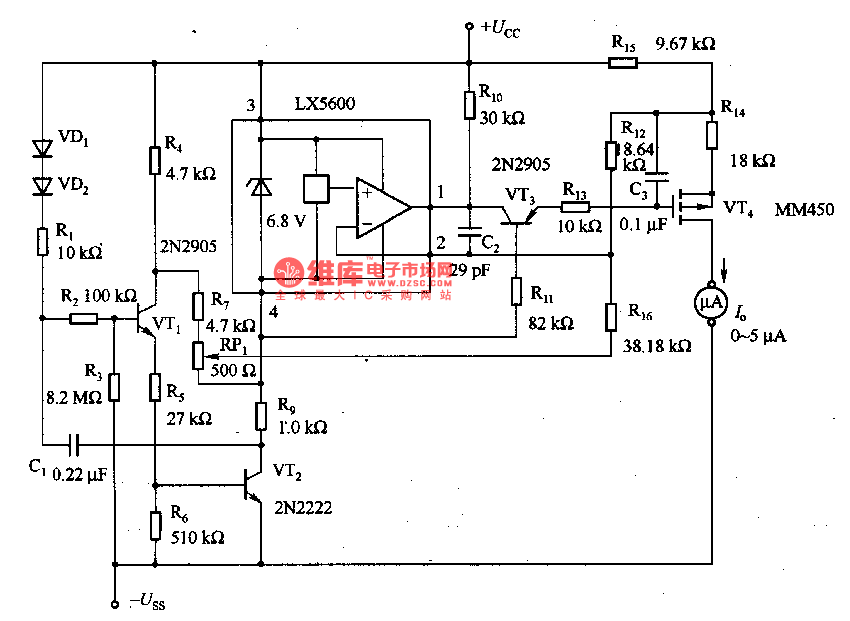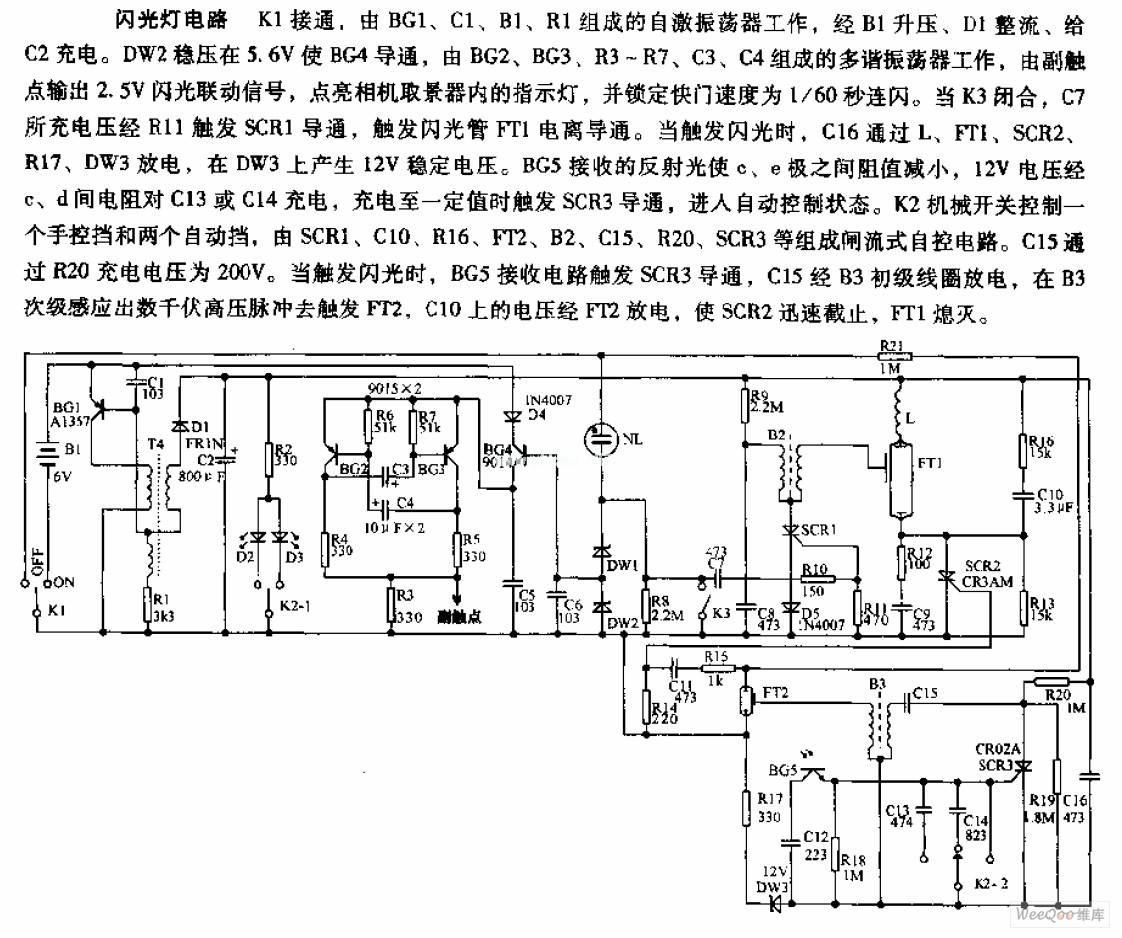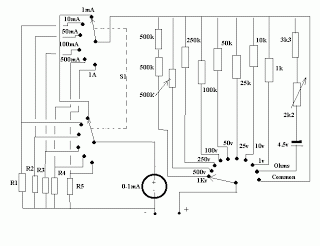
Digital Calender Circuit

This is a digital calendar circuit that utilizes a microcontroller to display the date, day, and month on an LED display. The entire system is managed by an 8-bit microcontroller, which operates based on a program embedded in its ROM. Separate LEDs are designated for the date, day, and month. The circuit is equipped with a battery backup to ensure continuous operation, even during power outages. The system features a total of 31 LEDs for date indication, 12 LEDs for month indication, and 7 LEDs for day indication. The project employs the widely used 8-bit microcontroller AT89C2051, which comes in a 20-pin configuration. A schematic drawing accompanies this description.
The digital calendar circuit is designed to provide a clear and efficient way to display time-related information. The AT89C2051 microcontroller serves as the core of the system, executing the programmed instructions to control the various components. The microcontroller interfaces with the LED displays, driving them to illuminate the appropriate indicators for the current date, day, and month.
The circuit architecture typically includes a power supply section that can accommodate both AC and DC inputs, ensuring compatibility with various power sources. The battery backup system is crucial for maintaining functionality during power interruptions, allowing the calendar to retain its settings and continue displaying the correct information.
The LED indicators are arranged in a user-friendly manner, with 31 individual LEDs representing each day of the month, 12 LEDs for the months of the year, and 7 LEDs to indicate the days of the week. This arrangement allows users to easily visualize the current date and time information at a glance.
In terms of programming, the microcontroller's ROM is preloaded with the necessary algorithms to manage the timekeeping functions, including leap year calculations and month length variations. The microcontroller periodically updates the display based on an internal clock, ensuring accurate timekeeping.
The schematic drawing accompanying the circuit description would typically illustrate the connections between the microcontroller, the LED indicators, the power supply, and any additional components such as resistors, capacitors, and potentially a real-time clock (RTC) module for enhanced accuracy. The design emphasizes simplicity and reliability, making it suitable for educational projects or practical applications in timekeeping devices.Here is calendar digital circuit. this circuit using Microcontroller is an advanced digital calendar, which displays the Date, Day, Month over the LED display. All the above systems are controlled by the Microcontroller. It has an 8 bit Microcontroller which runs on the Program embedded on its ROM. Separate LED`s are provided for the date, day, a nd month. The system has an battery backup so that it can run over all the time even during the power failure. Totally there are 31 LED`s for indicating the date and 12 LED`s for indicating the Month and 7 LED`s to indicate the day. In our project we are using the popular 8 bit microcontroller AT89C2051. It is a 20 pin microcontroller. Here is a schematic drawing: 🔗 External reference
The digital calendar circuit is designed to provide a clear and efficient way to display time-related information. The AT89C2051 microcontroller serves as the core of the system, executing the programmed instructions to control the various components. The microcontroller interfaces with the LED displays, driving them to illuminate the appropriate indicators for the current date, day, and month.
The circuit architecture typically includes a power supply section that can accommodate both AC and DC inputs, ensuring compatibility with various power sources. The battery backup system is crucial for maintaining functionality during power interruptions, allowing the calendar to retain its settings and continue displaying the correct information.
The LED indicators are arranged in a user-friendly manner, with 31 individual LEDs representing each day of the month, 12 LEDs for the months of the year, and 7 LEDs to indicate the days of the week. This arrangement allows users to easily visualize the current date and time information at a glance.
In terms of programming, the microcontroller's ROM is preloaded with the necessary algorithms to manage the timekeeping functions, including leap year calculations and month length variations. The microcontroller periodically updates the display based on an internal clock, ensuring accurate timekeeping.
The schematic drawing accompanying the circuit description would typically illustrate the connections between the microcontroller, the LED indicators, the power supply, and any additional components such as resistors, capacitors, and potentially a real-time clock (RTC) module for enhanced accuracy. The design emphasizes simplicity and reliability, making it suitable for educational projects or practical applications in timekeeping devices.Here is calendar digital circuit. this circuit using Microcontroller is an advanced digital calendar, which displays the Date, Day, Month over the LED display. All the above systems are controlled by the Microcontroller. It has an 8 bit Microcontroller which runs on the Program embedded on its ROM. Separate LED`s are provided for the date, day, a nd month. The system has an battery backup so that it can run over all the time even during the power failure. Totally there are 31 LED`s for indicating the date and 12 LED`s for indicating the Month and 7 LED`s to indicate the day. In our project we are using the popular 8 bit microcontroller AT89C2051. It is a 20 pin microcontroller. Here is a schematic drawing: 🔗 External reference





